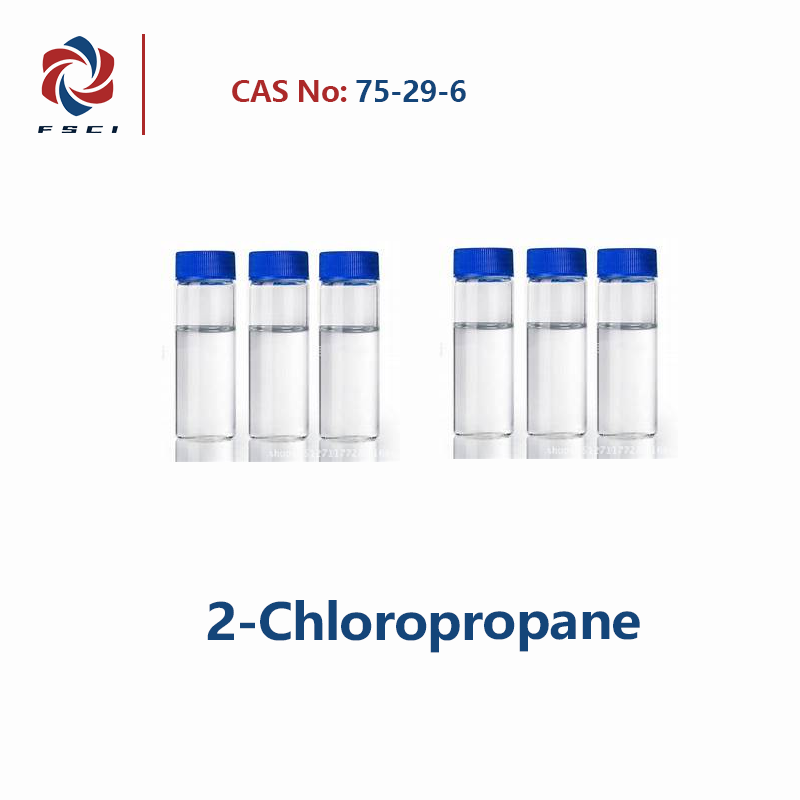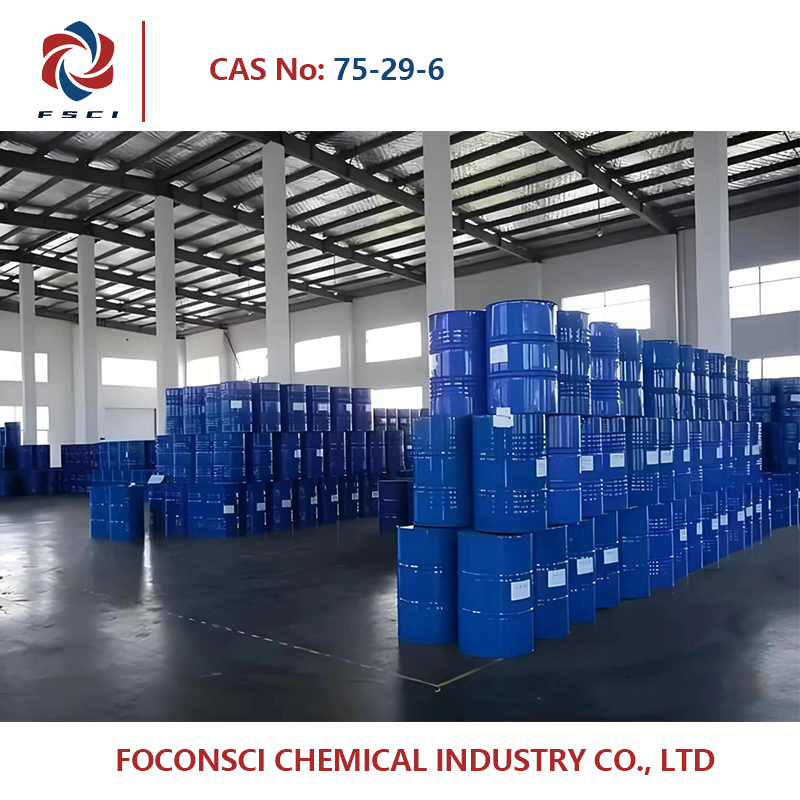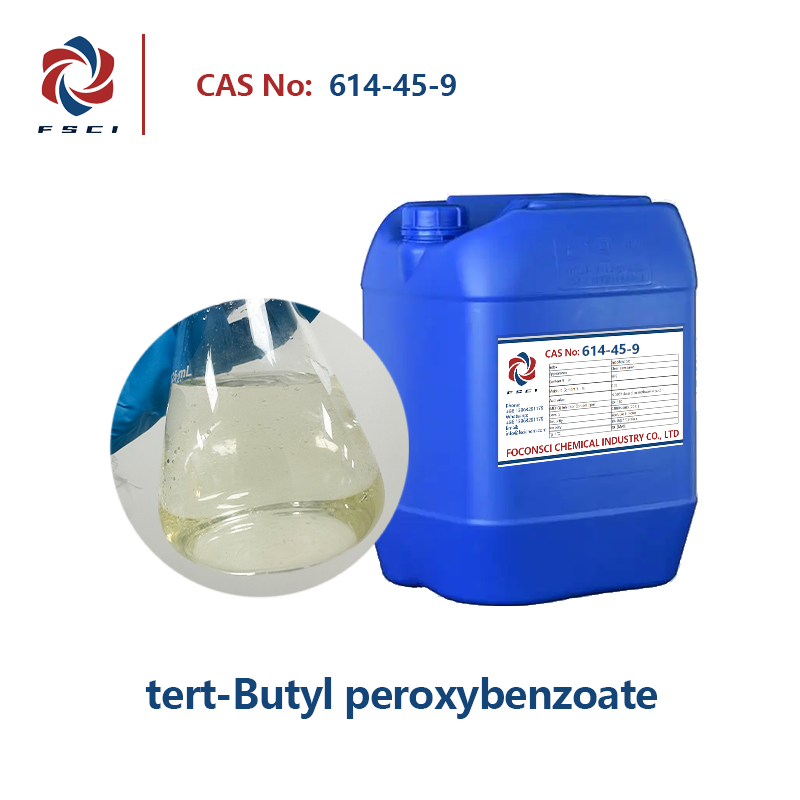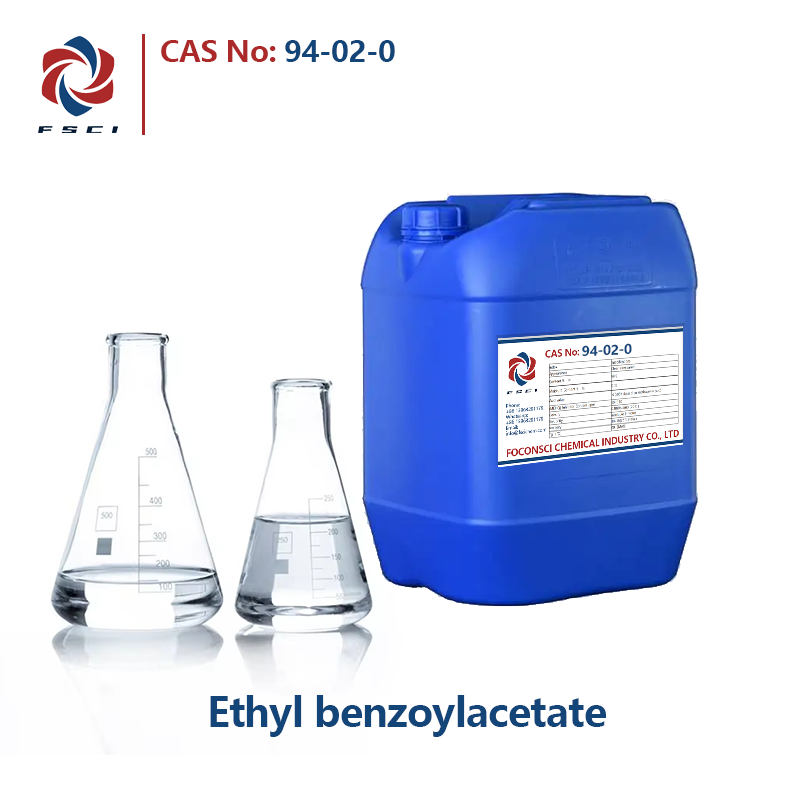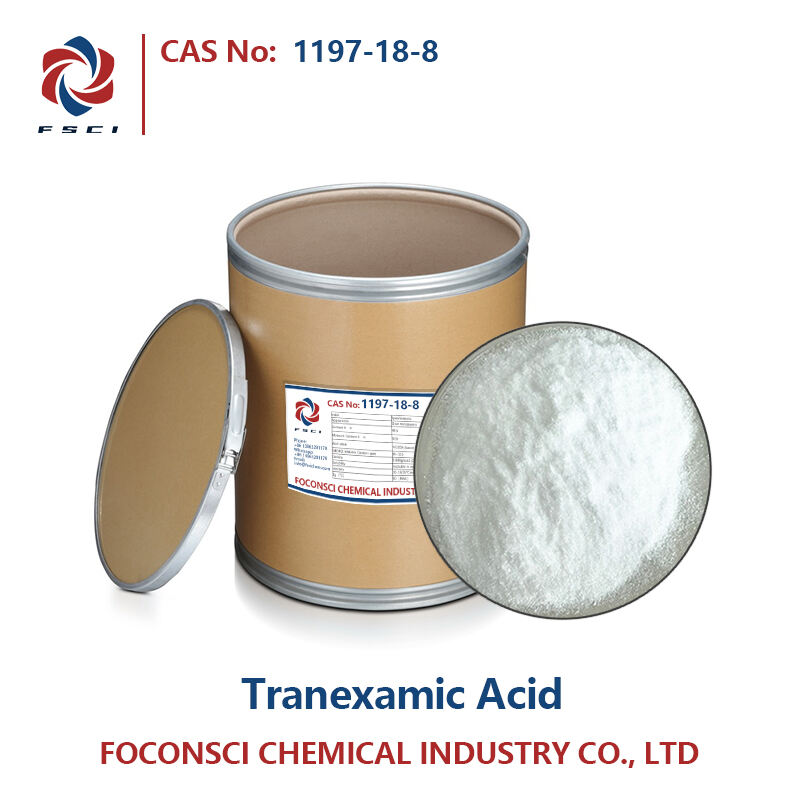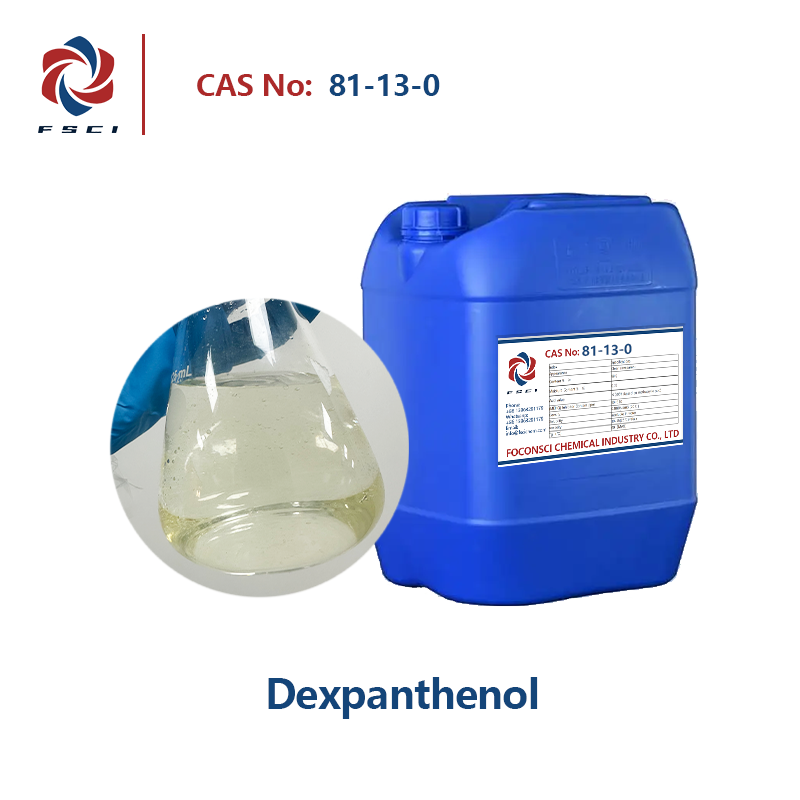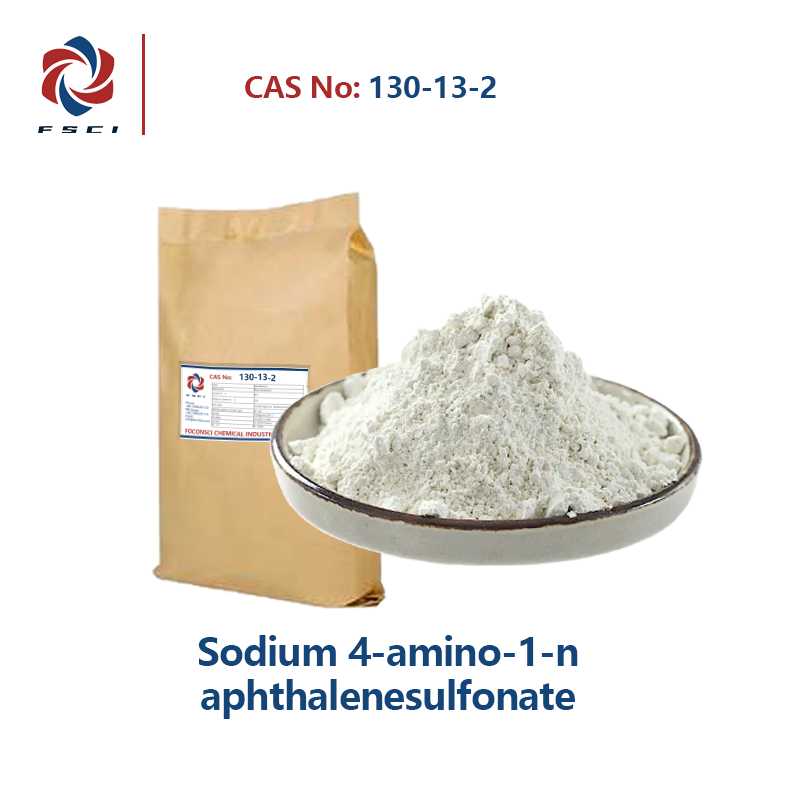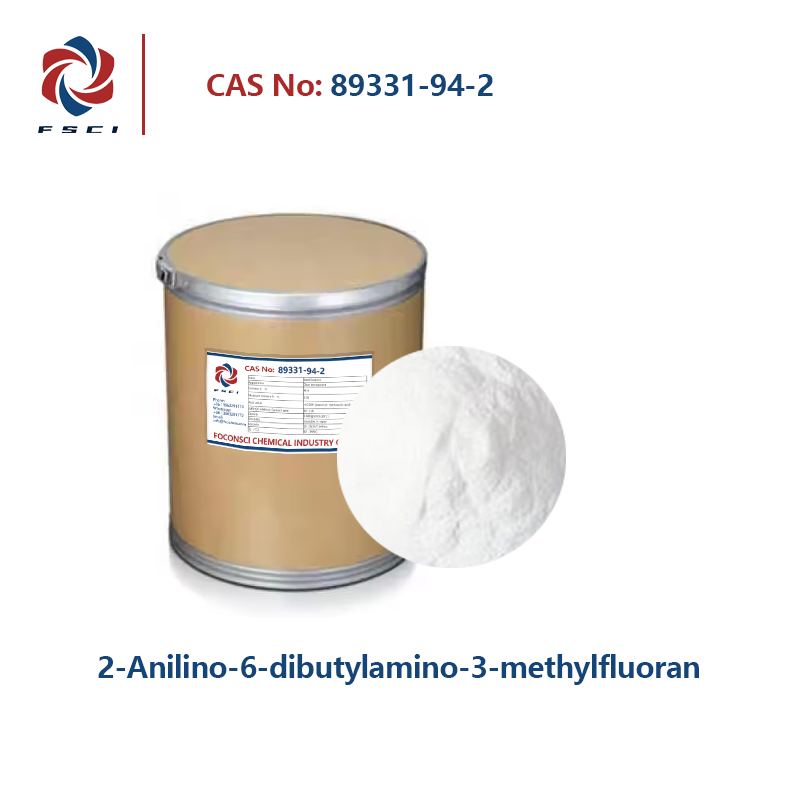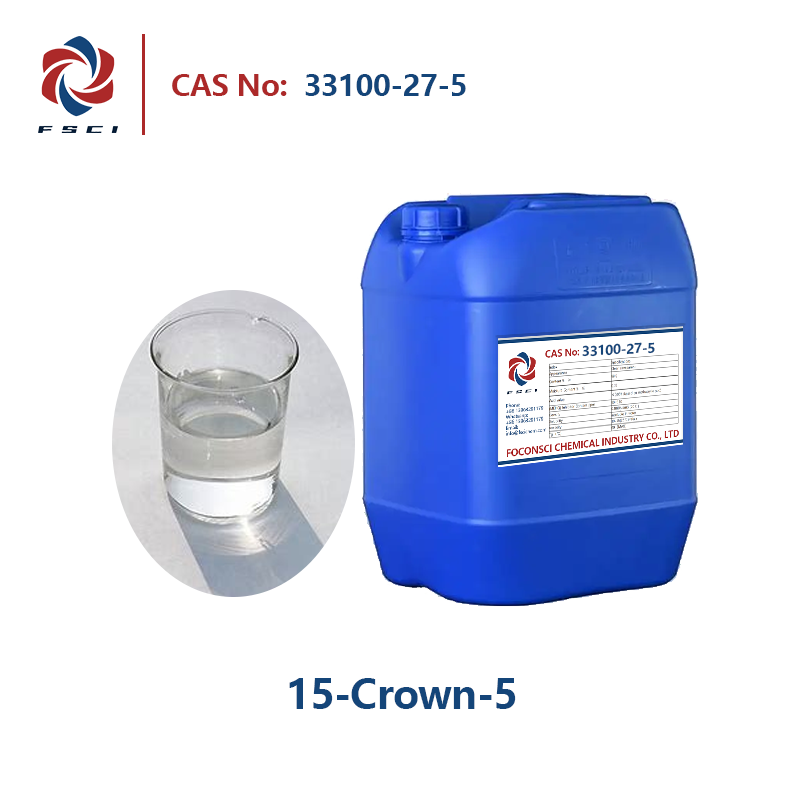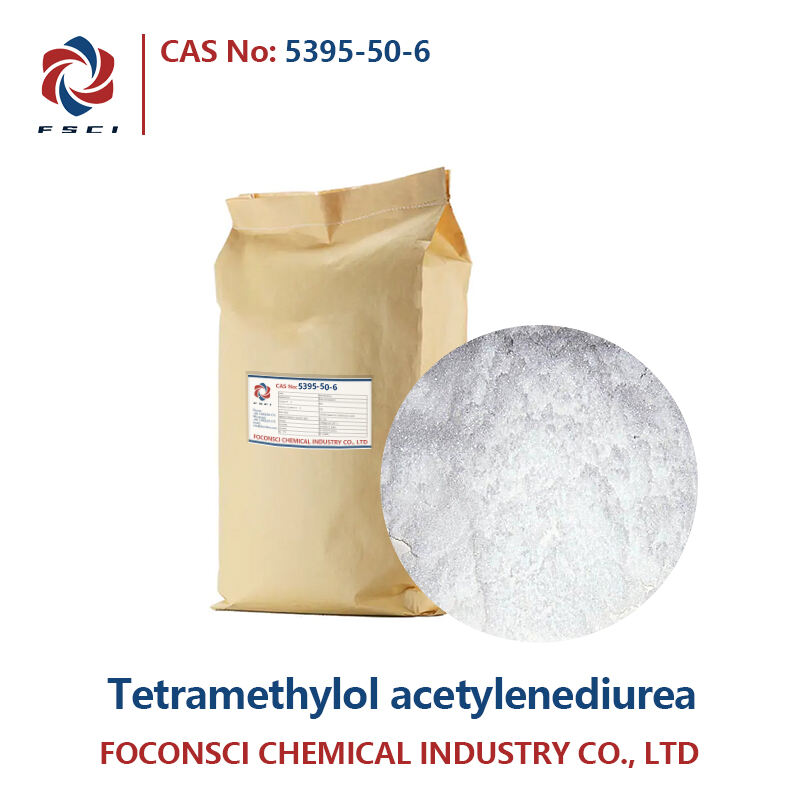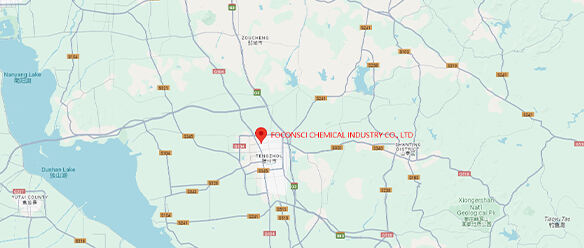2-Chloropropane CAS 75-29-6
ชื่อเคมี : 2-Chloropropane
ชื่ออื่นที่ใช้แทนได้ :Isopropyl Chloride; Propane, 2-chloro-;
sec-Propyl chloride
CAS No :75-29-6
สูตรโมเลกุล :C3H7Cl
น้ําหนักโมเลกุล :78.54
EINECS ไม่ :200-858-8
- พารามิเตอร์
- ผลิตภัณฑ์ที่เกี่ยวข้อง
- สอบถาม
สูตรโครงสร้าง :

คำอธิบายสินค้า :
|
รายการ |
สเปก |
|
ลักษณะ |
ของเหลวใส |
|
การวิเคราะห์,% |
ไม่น้อยกว่า 99.0 |
คุณสมบัติและ วิธีใช้ :
การใช้เป็นตัวทำละลาย
2-Chloropropane(CAS 75-29-6)สามารถละลายสารประกอบอินทรีย์หลายชนิดได้อย่างมีประสิทธิภาพ และเป็นตัวทำละลายอินทรีย์ที่มีประสิทธิภาพสูงในกระบวนการผลิตทางอุตสาหกรรม เช่น เคมีภัณฑ์ สี หมึก และผงซักฟอก
สารตั้งต้นทางเคมี
2-Chloropropane มีส่วนเกี่ยวข้องในการผลิตกรดอะคริลิก อคริโลไนไตรล์ โพรพิลีนออกไซด์ และสารเคมีอื่น ๆ อีกมากมาย โดยผ่านการปฏิกริยาทางเคมีเพิ่มเติม 2-chloropropane สามารถใช้เตรียมสารประกอบโพลิเมอร์ เช่น PVC (โพลีไวนิลคลอไรด์) ได้
การใช้งานในเกษตร
2-Chloropropane มีฤทธิ์ในการฆ่าแมลงระดับหนึ่งและมักถูกใช้เป็นวัตถุดิบหรือตัวทำละลายสำหรับยาฆ่าแมลง เป็นสารตั้งต้นสำคัญในยาฆ่าแมลงหลายชนิด (เช่น cypermethrin, toxaphene) ช่วยเพิ่มประสิทธิภาพในการป้องกันพืช
การสังเคราะห์ก๊าซและการทำปฏิกิริยาเคมี
2-Chloropropane สามารถใช้เป็นวัตถุดิบหรือสารตั้งต้นสำหรับก๊าซสังเคราะห์ (เช่น ก๊าซคลอรีน ก๊าซไฮโดรเจน ฯลฯ) และใช้ในการผลิตสารเคมีในกระบวนการกลั่นน้ำมันและก๊าซธรรมชาติ โดยเฉพาะอย่างยิ่งในกระบวนการผลิตก๊าซสังเคราะห์และก๊าซอุตสาหกรรมบางชนิด
การกำจัดสารปนเปื้อนและการใช้งานการทำความสะอาด
เนื่องจากมีคุณสมบัติในการกำจัดสิ่งปนเปื้อนที่ดี 2-Chloropropane จึงถูกใช้เพื่อกำจัดน้ำมัน เรซิน และคราบที่ฝังแน่น มันสามารถลบคราบน้ำมันและไขมันบนผิวอย่างรวดเร็วและมีประสิทธิภาพ ทำให้มันเป็นทางเลือกที่มีประสิทธิภาพสำหรับการทำความสะอาดในอุตสาหกรรม
เงื่อนไขการเก็บรักษา: เก็บในคลังที่เย็นและระบายอากาศได้ หลีกเลี่ยงการเก็บใกล้ไฟและความร้อน อุณหภูมิในคลังไม่ควรเกิน 29°C ปิดภาชนะให้สนิท เก็บแยกจากออกซิแดนท์และด่าง และหลีกเลี่ยงการปนเปื้อน
การบรรจุ: ผลิตภัณฑ์นี้บรรจุในกระบอกกระดาษแข็งขนาด 25 กก. และสามารถปรับแต่งตามข้อกำหนดของลูกค้าได้


 EN
EN
 AR
AR
 BG
BG
 HR
HR
 CS
CS
 DA
DA
 NL
NL
 FI
FI
 FR
FR
 DE
DE
 EL
EL
 HI
HI
 IT
IT
 JA
JA
 KO
KO
 NO
NO
 PL
PL
 PT
PT
 RO
RO
 RU
RU
 ES
ES
 SV
SV
 TL
TL
 IW
IW
 ID
ID
 LV
LV
 LT
LT
 SR
SR
 SK
SK
 VI
VI
 HU
HU
 TH
TH
 TR
TR
 GA
GA
 CY
CY
 KA
KA
 LA
LA
 MN
MN
 KK
KK
 LB
LB

